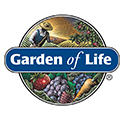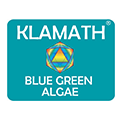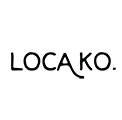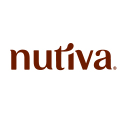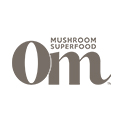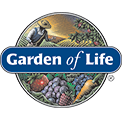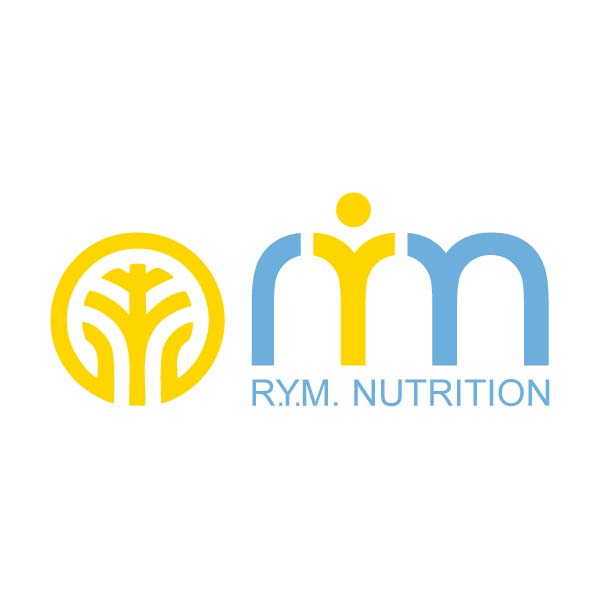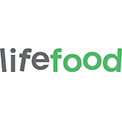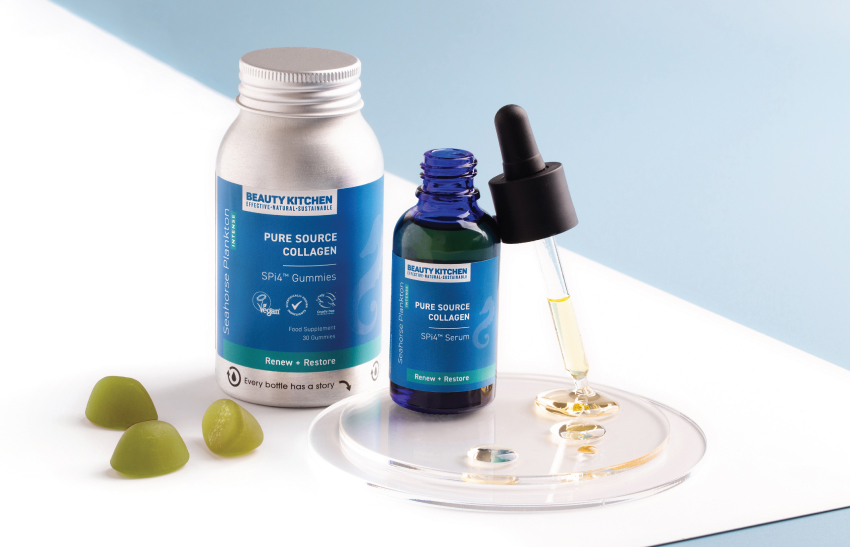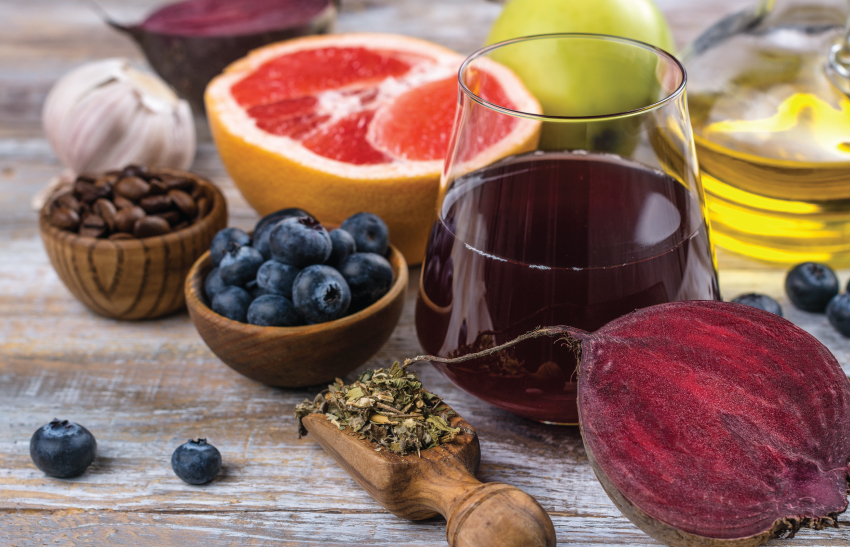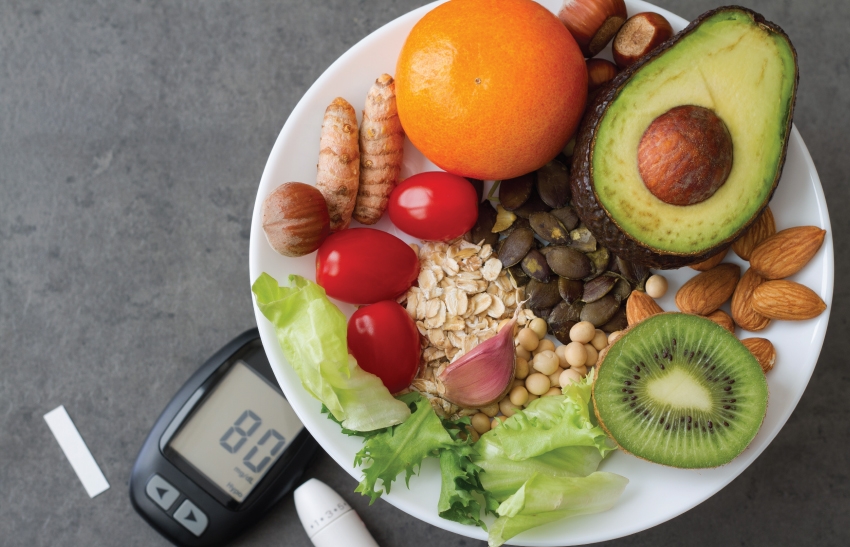
Top Tips for Blood Sugar Balancing
&
How To Successfully Curb Carbohydrate Cravings
The Importance of Glycaemic Load
Regardless of dietary preference (plant-based, gluten-free, keto), supporting blood sugar balance with a varied diet that prioritises low/medium glycaemic loading (GL) foods over high GL, can be one of the most effective ways to support consistent energy levels and a balanced mood.
Additional benefits may include weight management and a lower risk of diabetes type 2.
If you are experiencing cravings for sugary snacks and refined carbohydrates, this could be a sign for you to review your overall patterns of eating.
Keep an eye out for symptoms such as
- brain fog
- dips in energy
- feeling weak, shaky or light-headed
as these may suggest your blood glucose levels are dipping or fluctuating.
Nutritionist Top Tips To Balance Blood Sugar Levels
- Start by swopping out highly refined carbs and sugars for slow releasing carbohydrates to help prevent blood sugar spikes and dips. Slow releasing carbohydrates include brown rice, quinoa or spelt pasta.
- Low GL foods include fish, eggs, dairy, meat, nuts, berries and an abundance of non-starchy vegetables. Examples of non-starchy vegetables include carrots, cabbage, asparagus or cauliflower.
- A healthy balance between protein, carbohydrates and fats in the diet -with adequate protein at each meal- can go a long way to help prevent unwanted carbohydrate cravings.
How To Break The Sugar Habit
Sugars and starchy carbohydrates trigger the release of dopamine and opioids in the body, and this can lead to addiction- like behavioural responses.1 The addictive nature of sugar, especially when we are stressed, can make cutting down a bit of a task. Unmanaged stress can lead to chronically elevated cortisol levels-our stress hormone- that can increase feelings of hunger, and cravings for sugar and unhealthy foods.
Regular exercise and relaxation techniques, such as mindfulness meditation and gentle yoga, can help with lowering stress levels, making it easier to make healthier choices.
It is easier to curtail a sugar habit if you swap for healthier alternatives. Have to the ready guilt-free low-carb snacks you can take to work or eat on- the-go. Unfortunately, most regular so called ‘healthy’ snack bars are loaded with sugar syrups or high GI dried fruit, so they are likely to perpetuate cravings. Instead go for nutrient-dense, low-carb alternatives:
Keto Collagen Snack Bars & Bites are the perfect option for on-the-go nutrition for a low carb and low glycaemic diet. Enhanced with Locako’s non-GMO, grass-fed Collagen, coconut MCTs, prebiotics and live gut friendly cultures, these delicious low-carb snacks are packed with protein and essential fats.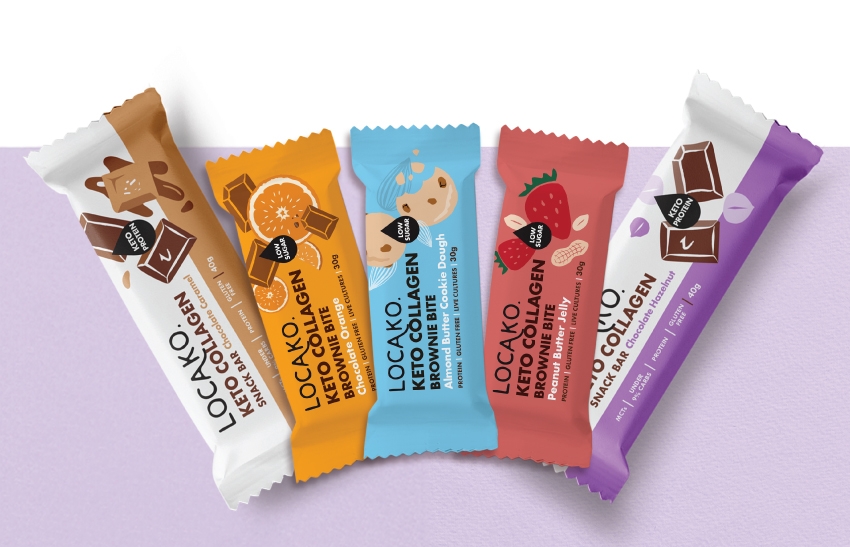
Choose from great tasting Chocolate Hazelnut, Chocolate Caramel, Almond Collagen, Peanut Butter Jelly, and Chocolate Orange!
When it comes down to blood sugar balance, a protein shake is a great alternative to juices and fruit smoothies. Fruit drinks are typically high in fructose, a sugar that is fast absorbed into the bloodstream. To reduce the glycaemic load of smoothies, add a scoop of quality protein powder. Protein-rich foods eaten at the same time as carbs will slow down the release of sugars into the bloodstream, this can leave you feeling more satiated and energised for longer.

SunWarrior Protein plant-based blends come in a variety of delicious flavours, including unflavoured for versatile use. They are low GI -keto-friendly, with no added sugar or artificial additives. Vegan with consciously sourced ingredients, and certified organic, ensuring quality, planet friendly, non-GMO and no pesticide residues.
SunWarrior Classic – for purists and sensitive people, containing only one ingredient: Fermented Whole Brown Rice.
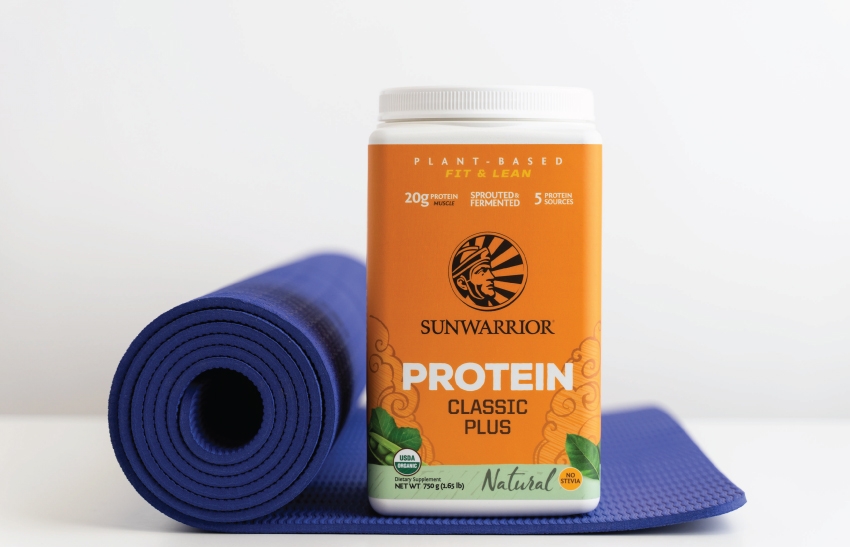
SunWarrior Classic Plus offers a complete protein blend with plant-based ingredients such as fermented and sprouted wholegrain brown rice, yellow pea, quinoa, chia and amaranth.
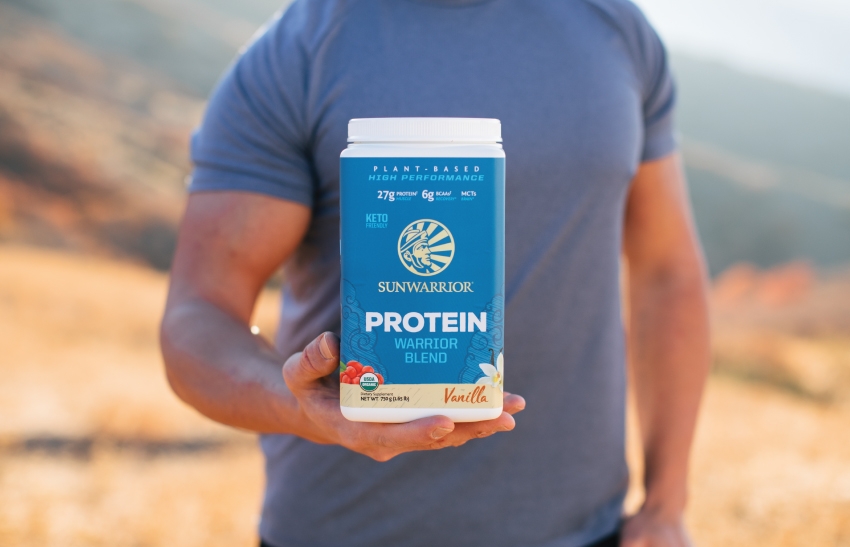
SunWarrior Warrior Blend is a high-performance protein powder that fuses the power of organic fermented pea protein, goji berry and hemp seed protein, along with organic coconut medium-chain triglycerides (MCTs). This also makes it ideal for pre or post workout.
Start The Day With Balanced Blood Sugar Levels In Mind:
ü Begin the day as you mean to go on, by eating a low GL breakfast. Rather than regular packaged cereals, go for slow releasing, high fibre options such as oat porridge or overnight oats topped with berries, chia and hemp seeds. Alternatively have a savoury breakfast like a boiled egg, wholemeal toast and a side of cucumber.
ü Fibre can increase feelings of fullness and satiety and promote a beneficial gut microbiome. A gut flora imbalance may contribute to food cravings as it is thought that intestinal dysbiosis can alter the production of gastrointestinal peptides related to satiety, resulting in an increased food intake.2 Prebiotic and probiotic foods may also be supportive.
ü SunWarrior Classic Plus (unflavoured) may be added to cereals, breakfast smoothies
ü Cinnamon – this culinary spice has been traditionally used to help support blood sugar levels. Add a teaspoon of cinnamon powder to your breakfast or hot drink.
ü Consider nutritional shortfalls in Chromium and Magnesium. Higher magnesium intake has been associated with lower fasting insulin levels in healthy women. 3 This suggests that a deficiency of Magnesium could result in cells becoming less effective at using insulin. Magnesium rich foods include beans, nuts, seeds, dairy, wholegrains and green leafy vegetables. In cases of dietary shortfall, Nature’s Answer Magnesium Malate/Glycinate supplement comes in a liquid format for efficient absorption to help boost magnesium levels.
References:
- Lennerz, B., & Lennerz, J. K. (2018). Food Addiction, High-Glycemic-Index Carbohydrates, and Obesity. Clinical chemistry, 64(1), 64–71. https://doi.org/10.1373/clinchem.2017.273532
- Gomes, A. C., et al. (2018). The human gut microbiota: Metabolism and perspective in obesity. Gut microbes, 9(4), 308–325. https://doi.org/10.1080/19490976.2018.1465157
- Fung, T. T., et al. (2003). The association between magnesium intake and fasting insulin concentration in healthy middle-aged women. Journal of the American College of Nutrition, 22(6), 533–538. https://doi.org/10.1080/07315724.2003.10719332
















